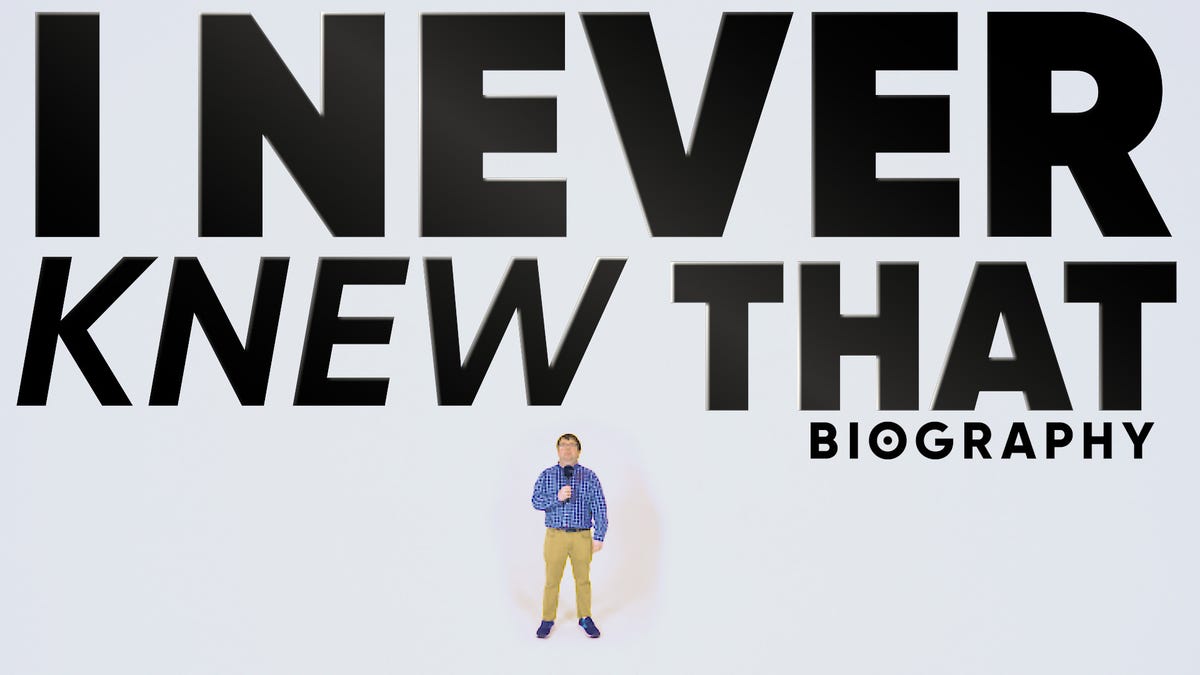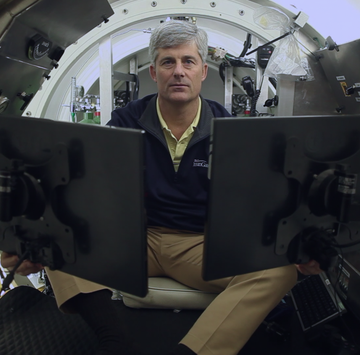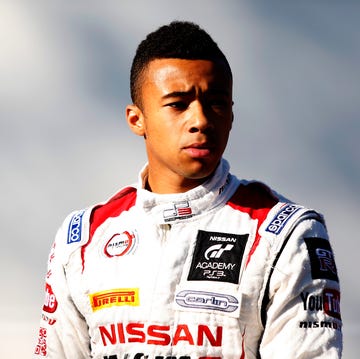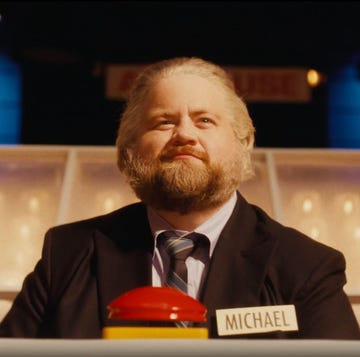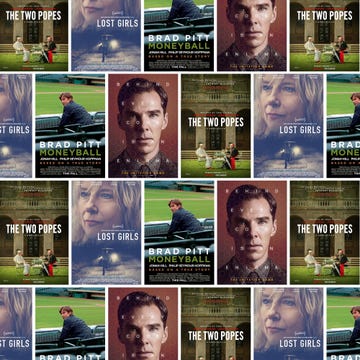With her extraordinary vocal range, opera singer Maria Callas commanded the stage like few others in history. But while music offered her a sense of control, her personal life was much more chaotic and, at times, even heartbreaking.
The life and career of Callas are the subject of the biopic Maria, which is now streaming on Netflix. Directed by Pablo Larraín and starring Oscar winner Angelina Jolie as the superstar soprano, the movie explores the end of Callas’ life during the 1970s and reflects on the remarkable performances that shaped her enduring legacy.
Born in December 1923 in New York City to Greek immigrants, Callas gained worldwide renown in her 20s and 30s thanks to her unique physical gifts and the ruthless management of her husband, Giovanni Battista Meneghini. But as their volatile relationship broke down, Callas turned her affections to Aristotle Onassis, the Greek shipping tycoon who later married Jacqueline Kennedy.
The love triangle carried on despite these vows and, because of their celebrity, became a public spectacle still intriguing to this day.
Callas had a toxic first marriage
Callas was 23 and almost penniless when she met Meneghini at an opera festival in Verona, Italy. Despite their 27-year-age difference, she married the much older Italian industrialist and entrepreneur in 1949, and Meneghini became her manager.
With his help, Callas performed throughout Italy and around the world in big cities like Buenos Aries and London. But according to author and historian Lyndsy Spence, who wrote the 2021 biography Cast a Diva: The Hidden Life of Maria Callas, Meneghini was unfaithful in their relationship and at times “highly predatory.”
In charge of Callas’ finances, Meneghini took much of her earnings, either to pay off debts or hide away in foreign bank accounts. In a private letter, Callas lamented their relationship and Meneghini’s handling of her assets. “My husband is still pestering me after having robbed me of more than half my money by putting everything in his name since we were married,” she wrote. “I was a fool... to trust him.”
According to Spence, Meneghini also introduced Callas to a doctor who provided her with “liquid vitamins,” or the drug speed, to help maintain her rigorous schedule. Callas desired to settle down and start a family but continued singing at Meneghini’s urging. She began to lose command of her voice by the 1960s—perhaps due to overuse, but more likely the result of undiagnosed dermatomyositis, an inflammatory disease that causes muscle weakness.
Although the two remained legally married until 1971, by this point Callas had separated from Meneghini and found new romance.
Onassis refused to start a family with Callas
After meeting Callas at a party in 1957, Onassis invited the singer aboard his yacht, the Christina, two years later. It marked the start of their extended affair. Callas initially found Onassis overattentive and unattractive, but she eventually fell for his repeated courting.
Deciding to formally retire from the stage in the early 1960s, the singer still hoped to settle down and start a family with her new suitor. However, as Spence told Man & Culture Magazine, Onassis was primarily “attracted to [Callas’] celebrity, which provided him with status.”
The singer became pregnant in 1960 and 1963 but, according to Spence, suffered miscarriages in both cases. Although it was never publicly confirmed, author Arianna Stassinopoulos wrote in her book Maria Callas: The Woman Behind the Legend that Callas became pregnant a third time in 1966, but underwent an abortion at Onassis’ request. Spence concurs this is likely true.
“Maria had always wanted children, as she often told her friends, but Onassis said he would end their relationship if she kept this child,” Stassinopoulos said. This seemingly marked a turning point in their relationship, which began to deteriorate.
Private letters and journals suggest their relationship was abusive, as well. According to one diary entry, a friend of Callas alleged that Onassis drugged the singer for sexual purposes. Callas began taking additional drugs such as pentobarbital for her continuing health problems, leading her on a path to addiction.
During the pair’s tumultuous relationship, Onassis also had his eyes on the widowed Jackie Kennedy. He shocked Callas and many others by agreeing to marry into the most prominent U.S. political family.
Onassis and Kennedy’s marriage was sudden
Onassis married Kennedy on October 20, 1968, on his private Greek island, Skorpios, after which Jackie took his last name. Maria learned of their plans only three weeks prior to the ceremony. The newlyweds’ marriage was fraught with its own tension and seemingly motivated by external factors.
Following the respective assassinations of her first husband, President John F. Kennedy, in 1963 and her former brother-in-law Robert Kennedy in 1968, Jackie feared for her family’s safety. Aristotle, who had his own island and plenty of money, could offer her both security and a cultured lifestyle. “He was extraordinarily charming and a good listener. He could talk about opera and paintings and spoke several languages,” Paul Brandus, author of Jackie: Her Transformation from First Lady to Jackie O, told Closer Weekly.
Meanwhile, Spence posited that Aristotle’s pursuit of Jackie was politically motivated and part of his desire to “settle a score” over criminal charges RFK, then the U.S. attorney general, brought against him years earlier.
Within weeks of their vows, however, it was clear that Aristotle still favored Maria.
Kennedy and Callas never met but were rivals
Aristotle continued to openly meet with Maria despite his marriage and her feelings of betrayal. He even paid for her apartment in Paris. “Callas played a very nurturing role he couldn’t get from other women,” Spence said. “Unlike his newfound wife, who he could not control, Onassis could control Callas emotionally, which in turn was part of the psychological dimension to their relationship.”
Maria and Jackie never crossed paths, with the singer reaffirming as much in a 1974 interview with journalist Barbara Walters. “I don’t know her. I’ve never met her,” Maria said. But the two clearly harbored ill feelings for each other.
According to Time, Maria took a not-so-veiled jab at the former first lady soon after her and Aristotle’s wedding in 1968. “She did well, Jacqueline, to give a grandfather to her children,” Callas remarked. In another instance, Aristotle and Maria were photographed together at Maxim’s in Paris. Upon seeing this, Jackie flew overseas to dine with him at the restaurant two days later in defiance.
Aristotle’s driver Yaikinto Rossa maintained Maria was his boss’ one true love and that the pair met every month until his death in mid-March 1975. “She was his true wife, though they never married,” Rossa said, according to the Irish Independent.
Callas withdrew from the public in her final years
Despite the tabloid fodder in her personal life and her lingering health issues, Callas was determined to make one more attempt at restarting her career.
She led a series of master classes at The Juilliard School, the renowned performing arts conservatory in New York City, from October 1971 through March 1972. Callas selected 25 student singers from more than 300 applicants to perform scenes and solos created by legendary composers such as Wolfgang Mozart, Giuseppe Verdi, and Giacomo Puccini. (These performances later inspired Terrance McNally’s stage production Master Class, which debuted on Broadway in 1995 and won the 1996 Tony Award for Best Play.)
Callas also journeyed on a frequently sold-out international recital tour with tenor Giuseppe di Stefano. But following its completion in November 1974, Callas retreated to her Paris apartment and lived her final years in seclusion. She died in September 1977.
An enduring hypothesis is that Callas died largely of a broken heart following Onassis’ death. But according to Spence, her failing health and drug addiction were more logical culprits of the heart attack that likely killed her. “She was looking forward to going on holiday in her letters, but she was struggling physically. Her body gave up—there are only so many pills you can take,” she said.
Maria is now streaming on Netflix
Maria examines not only Callas’ personal relationships, but also her rise as an opera star. For musical scenes, the movie uses a mix of Callas recordings and new vocals from star Angelina Jolie. To prepare for the role, the actor underwent seven months of voice training.
Like Callas herself, Jolie found the experience of singing transformative. “There’s something primal about finding your own voice within your own body,” Jolie told People. “It brings up certain emotions that you may have not wanted to confront, and there’s no way to sing at your full voice and your full emotion without confronting your feelings and your limitations.”
Maria is now streaming on Netflix. In addition to Jolie, the movie features Haluk Bilginer as Onassis and Alessandro Bressanello as Meneghini.
Tyler Piccotti joined the Biography.com staff as an Associate News Editor and is now the News and Culture Editor. He previously worked as a reporter and copy editor for a daily newspaper recognized by the Associated Press Sports Editors. In his current role, he shares the true stories behind your favorite movies and TV shows and profiles rising musicians, actors, and athletes. When he's not working, you can find him at the nearest amusement park or movie theater and cheering on his favorite teams.




